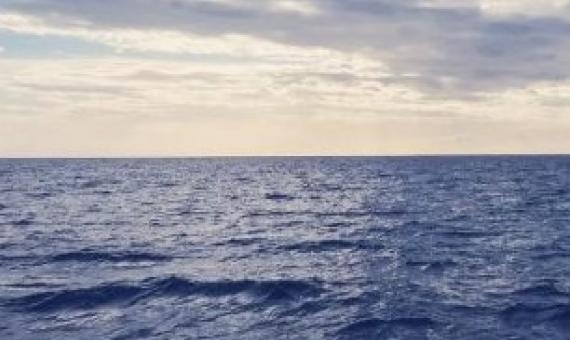Heads of eight Nacula and Yasawa districts in the Ba Province have agreed to collaborate to explore opportunities to sustainably manage their traditional fishing grounds.
A team of scientists collected 47.2 tons of marine debris and successfully disentangled a Hawaiian monk seal, three black-footed albatross chicks and one ʻIwa (great frigatebird) after a 24-day expedition to Papahānaumokuākea Marine National Monument (PMNM).
Marine protected areas (MPAs) now cover 8% of the world’s oceans and calls for an expansion to 30% by 2030 are laudable. It’s good news for efforts to conserve natural ecosystems and to ensure the sustainable use of our marine resources.
Between the sunlit shallow waters of Australia's northern coastline and the darkest depths of the ocean floor lies a world between worlds — mesophotic coral ecosystems that could hold new information on reef conservation.
This survey is gathering MPA practitioners’ questions on three of the biggest challenges facing the field: effectiveness, financing, and climate change and is the first part of a project by OCTO, UNEP, the University of Queensland, and partners to build practical, evidence-based, ‘
In 2015, palau, a nation of more than 300 coral and volcanic islands in the western Pacific Ocean, expanded on decades of marine conservation to create a 193,000-square-mile protected area encompassing an extraordinary 80% of its ocean waters.
East Maui residents are proposing the creation of a protected fishing area for Kipahulu to help regulate harvesting practices and increased foot traffic and to protect depleting resources that once fully sustained nearby communities.
Funding the establishment of Marine Protection Areas (MPAs) – thus protecting them from activity by bottom-trawling vessels – could form an innovative new type of carbon credit scheme.
Evaluating the social and ecological effectiveness of partially protected marine areas
Marine protected areas (MPAs) are a primary tool for the stewardship, conservation, and restoration of marine ecosystems, yet 69% of global MPAs are only partially protected (i.e., are open to some form of fishing). Although fully protected areas have well-documented outcomes, including increased fish diversity and biomass, the effectiveness of partially protected areas is contested.















